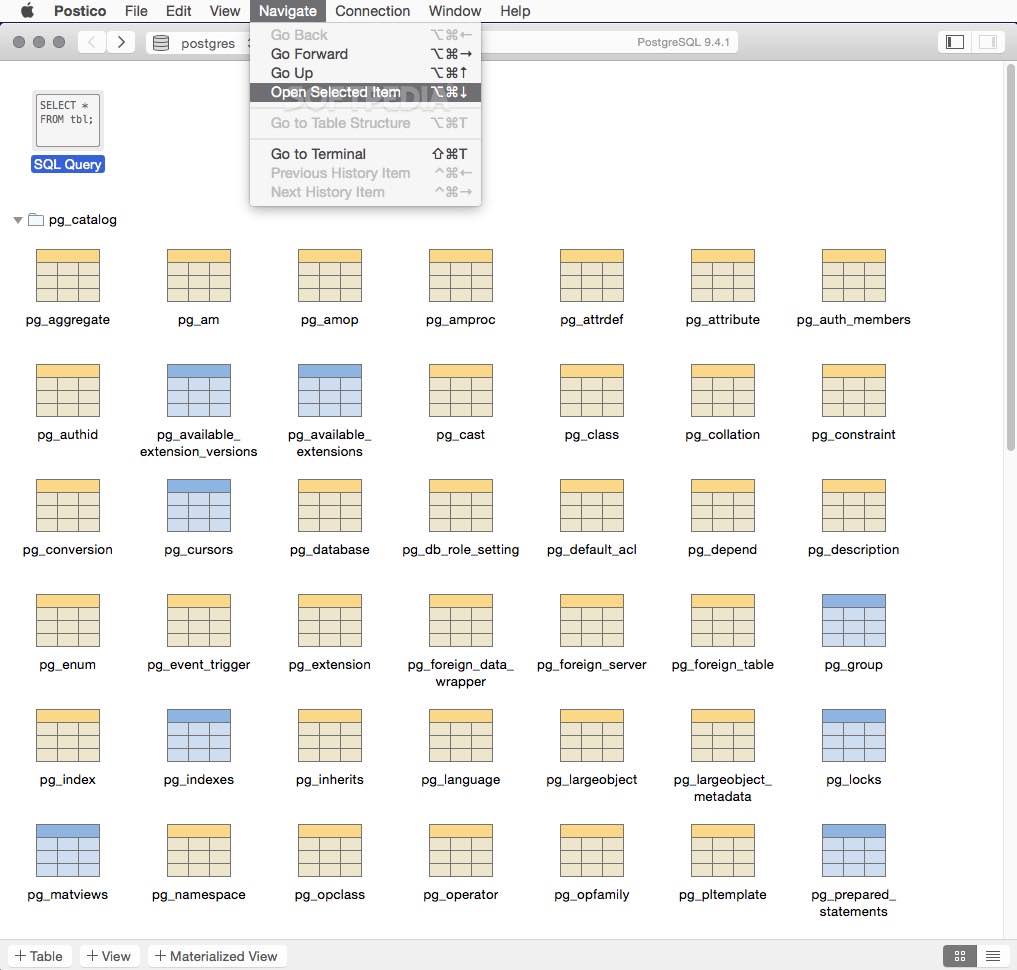

Default time stamp postico how to#
Next, you'll learn how to create a Tools migration. List of field constraints, such as whether or not it's required, if it's an identifier and if it's a foreign key.Register your migration in your app configuration.įor each field you include in your migration, you have to provide a:.

This is where you define how to revert the changes you just made to your database. Add the required func revert(on:) -> EventLoopFuture.This is where you define the changes you want to make to the database with the migration. Add the required func prepare(on:) -> EventLoopFuture.Make your migration conform to the Migration protocol.Create a struct to hold your migration, and give it a relevant and descriptive name.Import FluentKit at the beginning of your file.To write a migration you need to do the following: If it tries to run it again, a table with the name already exists and an error is thrown. The first time Fluent runs the migration, it creates the table. For example, imagine you have a migration that creates a table for your users. Doing so causes conflicts with the existing data in the database. If it hasn’t run the migration before, Fluent executes it.įluent will never run migrations more than once. If it has already run a migration, it’ll move on to the next one. When your application starts, Fluent checks the list of migrations to run. Fluent uses this table to track all migrations it has run, and it runs migrations in the order you add them.

The first time Fluent runs, it creates a special table in the database. You have to write a migration for each table you want to create and for each change you want to make to your existing tables. Migrations in Vapor 4įluent, which is Vapor’s ORM library, is responsible for migrations in Vapor. Consider the order in which you make your migrations.Īnd, now that you’ve connected your application and Postico to the database, you’re ready to write your first migration.Be cautious not to make irreversible changes to a live project.Always do a backup of your database before you run a new set of migrations.When you plan your migrations, there are a few good practices to keep in mind: You can read more about pg_catalog and information_schema in the official PostgreSQL documentation. information_schema: This contains views that return information about the database.pg_catalog: This contains metadata information about the database.Initial connection to the empty PostgreSQL database. Instructs the container to listen on port :5432 and exposes the port to your local machine.Specifies the database name, vapor_database, username, vapor_username, and password, vapor_password, through environment variables.Pulls down the image if it doesn’t exist on your machine already.Runs a new container named tool_finder.e POSTGRES_USER=vapor_username -e POSTGRES_PASSWORD=vapor_password \ $ docker run -name tool_finder -e POSTGRES_DB=vapor_database \ Open your terminal and paste the following command: Next, configure your PostgreSQL container. Configuring Your Local PostgreSQL Database Using Docker Models: This contains the Tool database model.įinally, remember to set the Working Directory inside your build scheme to the project folder.configure.swift includes where you configure your application, and it’s also where you’ll later register your Migrations. Configurations: You’ll see two files, configure.swift and Routes.swift.File explorer of the Vapor starter project.


 0 kommentar(er)
0 kommentar(er)
